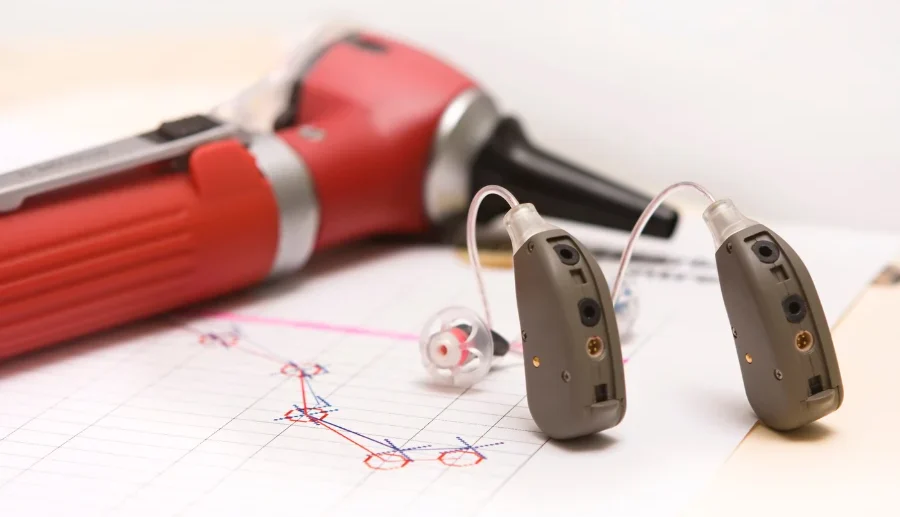Hearing Aid Maintenance: The Key to Clearer Hearing and Longer Device Life
For millions relying on hearing aids, these small devices are lifelines to the world of sound. However, like any complex technology, hearing aids require regular care to deliver reliable, high-quality performance. In 2025, as devices become more sophisticated, proper maintenance is both easier—and more important—than ever. Whether you’re new to hearing aids or a seasoned user, a few proactive steps can dramatically improve your experience and protect your investment.
Daily Care: Your First Line of Defense
Consistent daily care wards off many common problems and supports device longevity. Here’s what you should do:
- Wipe Down After Use: Use a dry, lint-free cloth to gently clean your hearing aids every night, removing oils, sweat, and moisture that could damage internal components.
- Check for Moisture: Especially in humid climates or after physical activity, make sure your devices are dry. Consider keeping them in a dehumidifier case overnight.
- Inspect Wax Guards and Domes: Earwax can clog microphones and speakers, muffling sound or causing feedback. Check and replace wax guards as recommended—usually every 2–4 weeks, or as needed.
- Handle with Clean Hands: Always wash your hands before touching or inserting your hearing aids to avoid transferring dirt and oils.
The Importance of Professional Servicing
Even with meticulous daily care, scheduled professional maintenance remains vital:
- Routine Checkups: Visit your audiologist or hearing care provider every 6–12 months for a full device evaluation. They’ll inspect for unseen damage, professional cleaning, and ensuring the device is still calibrated for your current hearing needs.
- Firmware & Software Updates: Many modern hearing aids receive updates that improve sound quality and connectivity. Your professional will ensure your device is running the latest version.
- Repairs & Troubleshooting: Problems like distortion, weak sound, or unexplained feedback require expert attention. Professionals have specialized tools and knowledge to quickly diagnose and repair most common issues.

Signs Your Device Needs Attention
Pay attention to these indicators—that it’s time for professional service:
Distorted or Intermittent Sound: If audio isn’t clear, or your device cuts out, internal cleaning or component repair may be needed.
Persistent Feedback: Unusual whistling or squealing, especially when properly fitted, can signal blocked parts, cracks, or fitting issues.
Physical Damage: Cracks, loose battery doors, or missing parts are a red flag for urgent service.
Rapid Battery Drain: If batteries die unusually quickly, there may be an internal fault or moisture problem.
Best Practices for Longevity
Store Safely: Keep hearing aids in a dry, protective case when not in use. Avoid leaving devices in hot cars or bathrooms.
Regularly Replace Consumables: Batteries, wax guards, domes, and tubing should be swapped as directed to maintain clarity and hygiene.
Stay Educated: Attend annual checks and ask your audiologist to review cleaning routines—especially if your hearing needs or manual dexterity change.
Invest in Your Hearing Health
Maintaining your hearing aids means investing in your daily comfort, communication, and overall well-being. By adopting good routines and partnering with your audiologist for ongoing service, you’ll enjoy clearer hearing, fewer problems, and a longer device life—ultimately making the most of your hearing investment.







